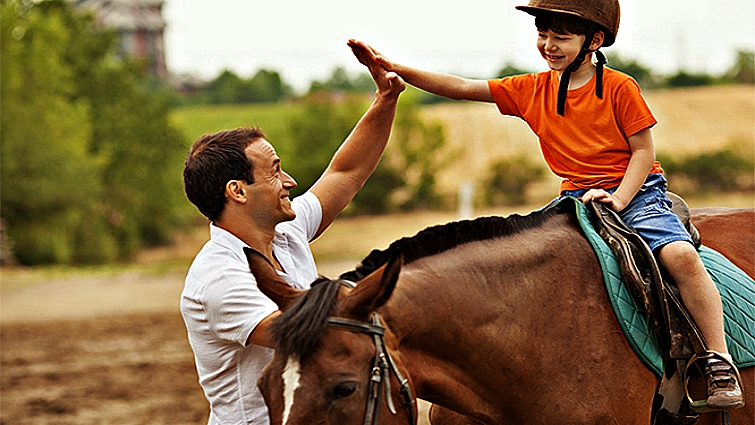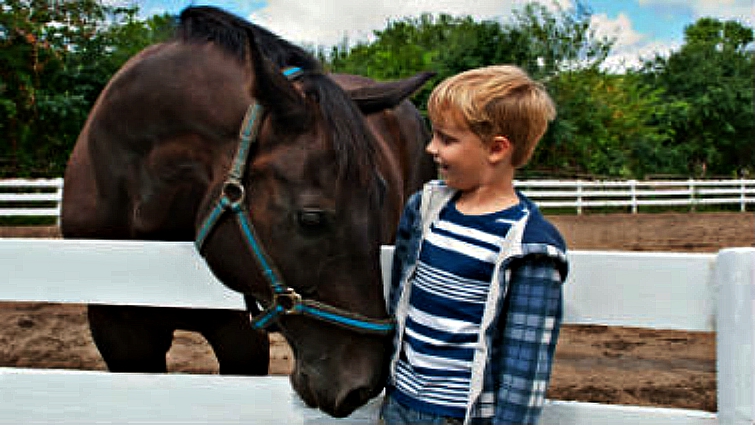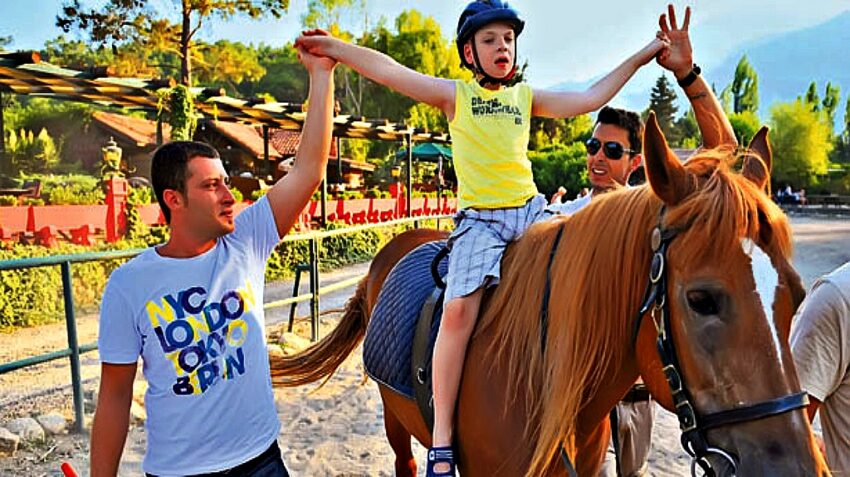For thousands of years, the bond between man and animal has proven to be effective in creating an emotional, healing bond. Horses are used by physical, speech, and occupational therapists to reach their patients on a personal level through what is referred to as “hippotherapy.” Children with autism also benefit from equine therapy due to the motor, emotional, and sensory sensations that come with riding a horse.

Creating Emotional Bond. Autistic children have difficulty bonding emotionally to others. As the parent of an autistic child, you know that it is hard for your child to make eye contact, communicate what he is feeling, and express himself to those he cares about. Rather than verbal communication, autistic children experience physical communication with the horses. They brush them, hug them, and pat them. By learning to care for the horse, they associate the care they provide with feelings and an emotional bridge is constructed. This bond can lead to social and communication skill production with other people in his life as well.

Cognitive and Language Skills Development. Autistic children often have difficulty comprehending normal directions. By engaging in equine therapy, your child follows directions through a fun activity that makes taking direction easier to grasp and remember. He will also give the horse direction, which provides him with more opportunities to communicate. Your child is naturally motivated to move; thus, he is excited and motivated to communicate. During his therapy, his cognitive concepts will naturally improve. For example, equine therapists have children throw colored balls into baskets while riding, touch their eyes, mouth, and ears during a song, and identify scenes—all incorporated during riding.

Sensory Benefits. Balance and spatial orientation are experienced through the vestibular sense organs. These are located inside the inner ear and are stimulated through direction change, incline, and speed. Riding a horse helps liven these sensory receptors, which helps make therapy exciting and motivates your child to continue to be engaged.
Getting Access to Equine Therapy. Equine therapy is highly beneficial to children with autism. It helps them develop natural, core skills they need to function in society. Unfortunately, equine therapy is one of the most expensive therapies available for autistic children, and parents can find themselves paying over $5,000 annually to enroll their autistic children in these programs.
As a parent of an autistic child, you already know that there are numerous expenses associated with his care. Thus, adding to the expense of equine therapy may seem out-of-reach. Luckily, organizations like ASDF offer funding and scholarships for parents who want to take advantage of equine therapy.

